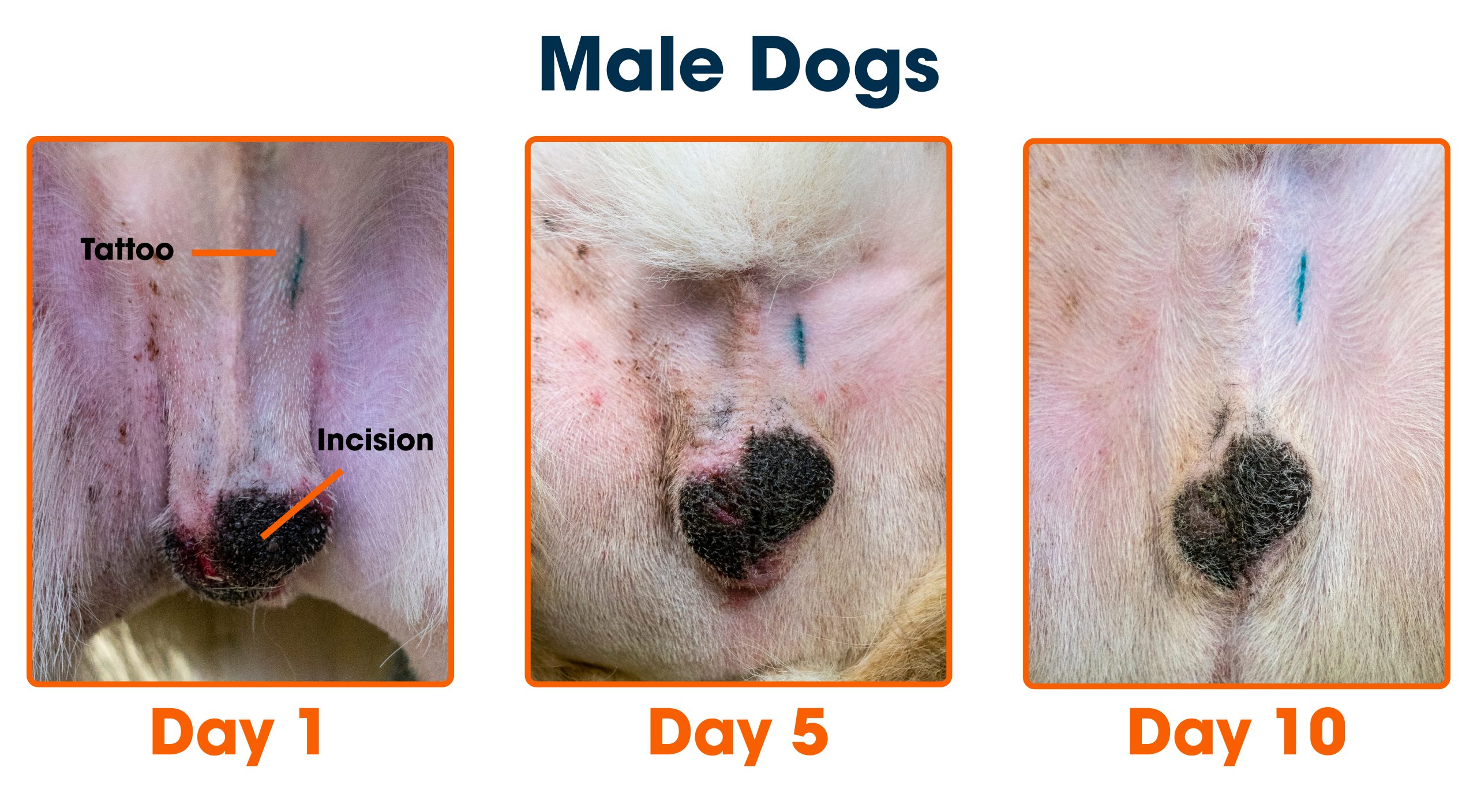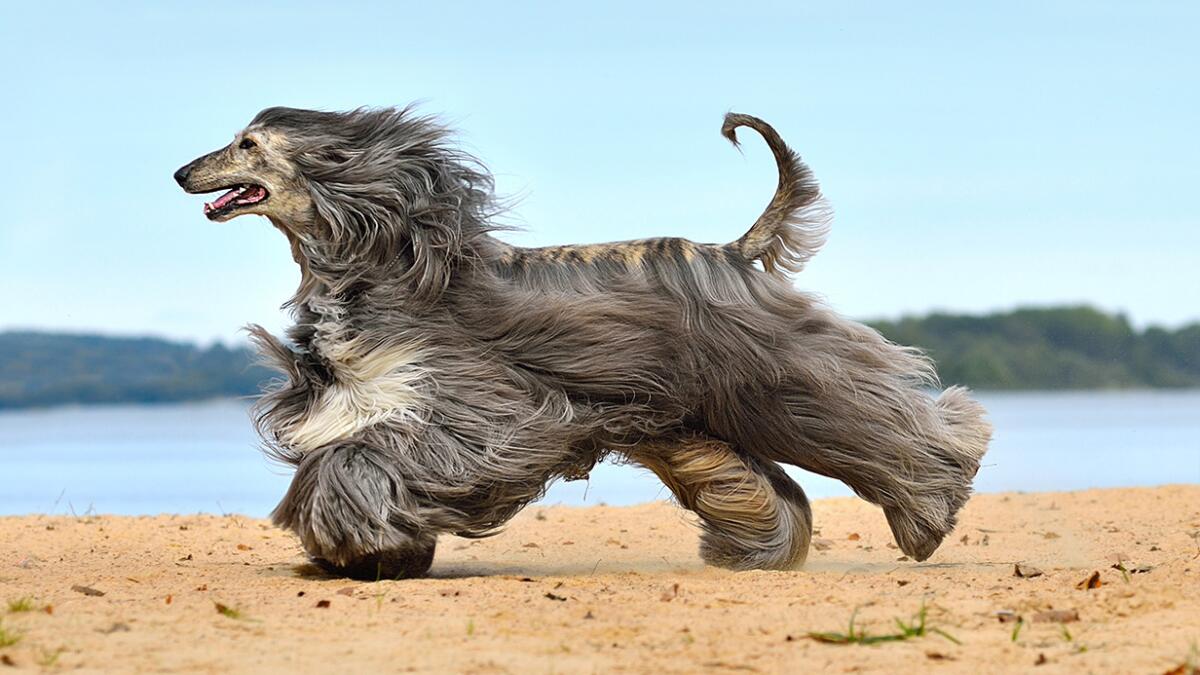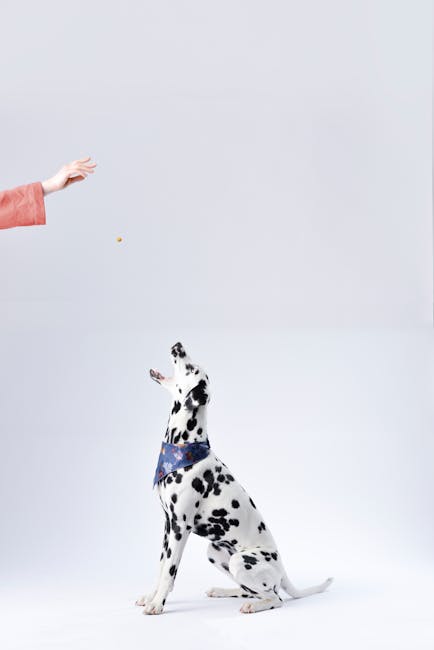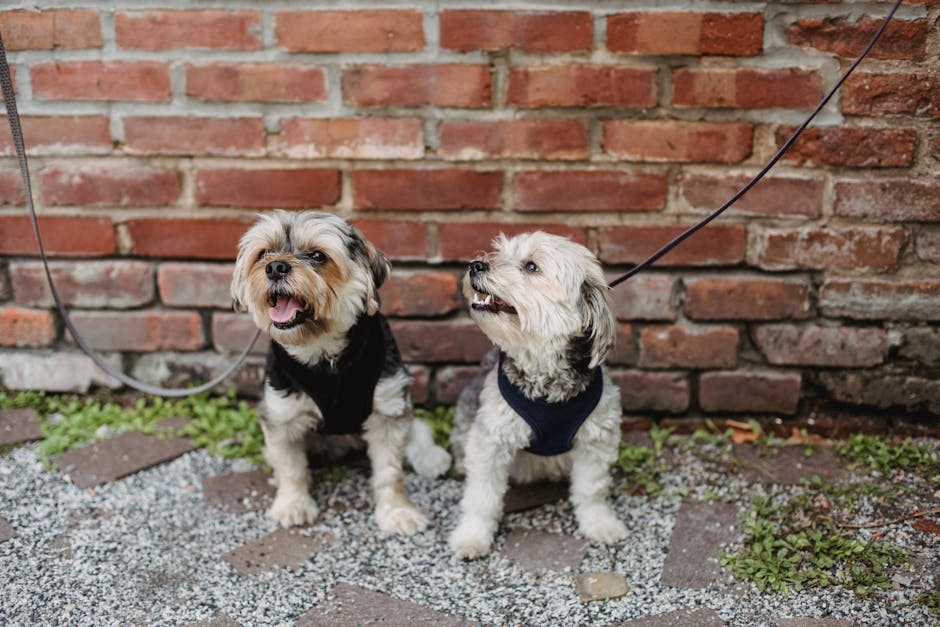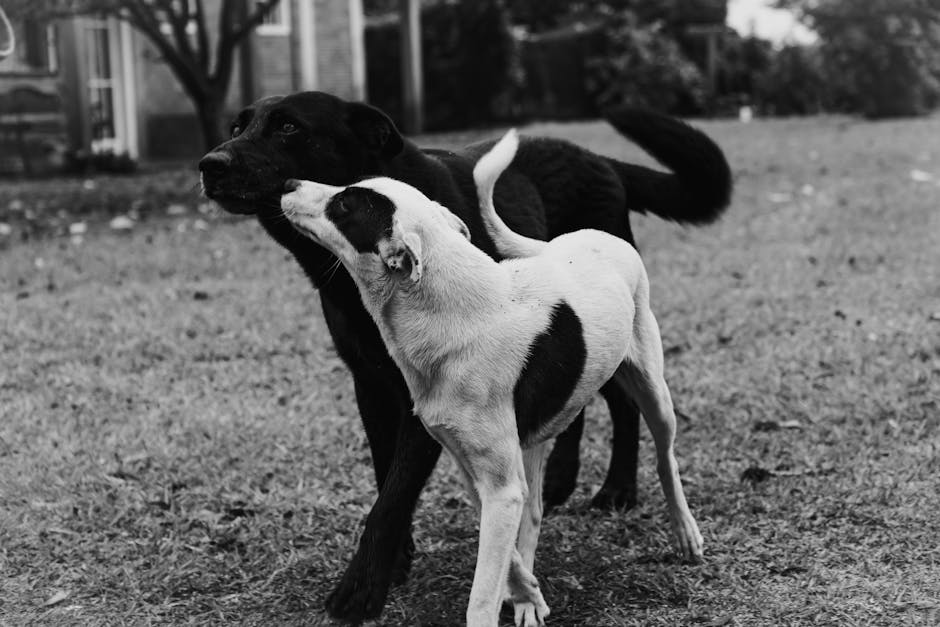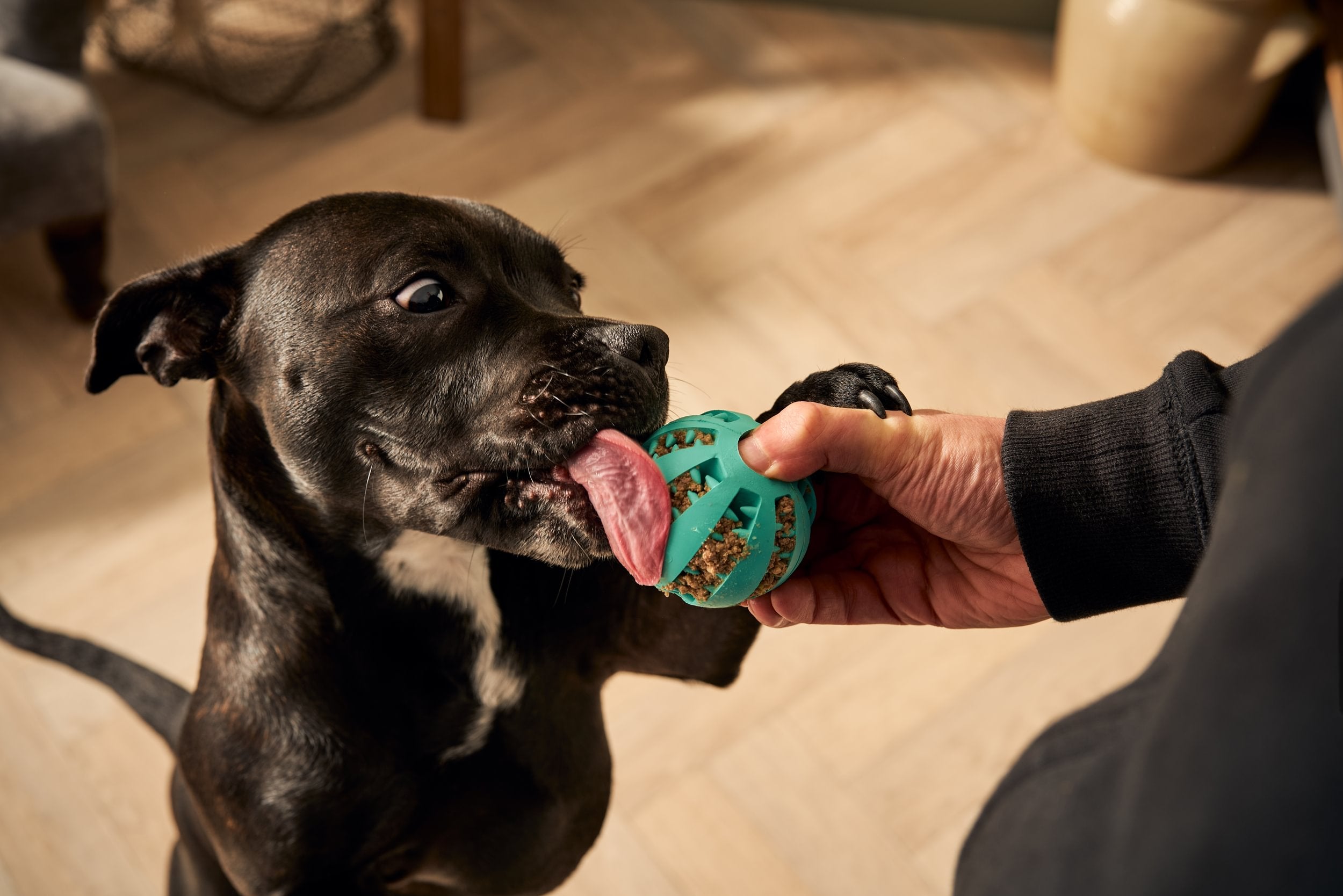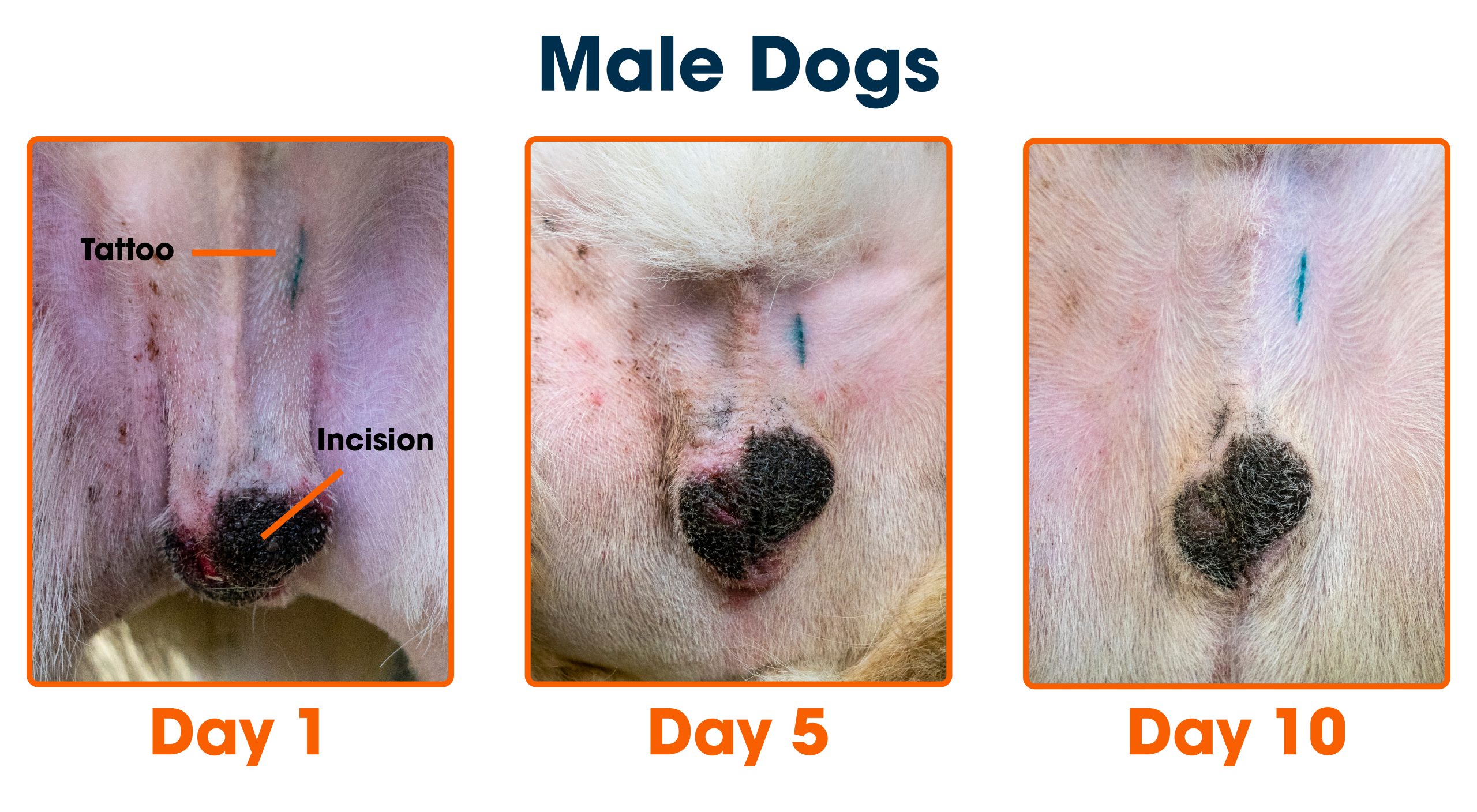If your dog has just been spayed, you’re probably wondering, “How long will it take for her to recover?” You want to make sure she heals quickly and comfortably. Understanding the recovery time helps you plan the right care and avoid common mistakes that could slow healing.
You’ll learn exactly what to expect during your dog’s recovery, how to spot any problems early, and simple tips to help her feel better fast. Keep reading to give your furry friend the best care possible after her surgery.
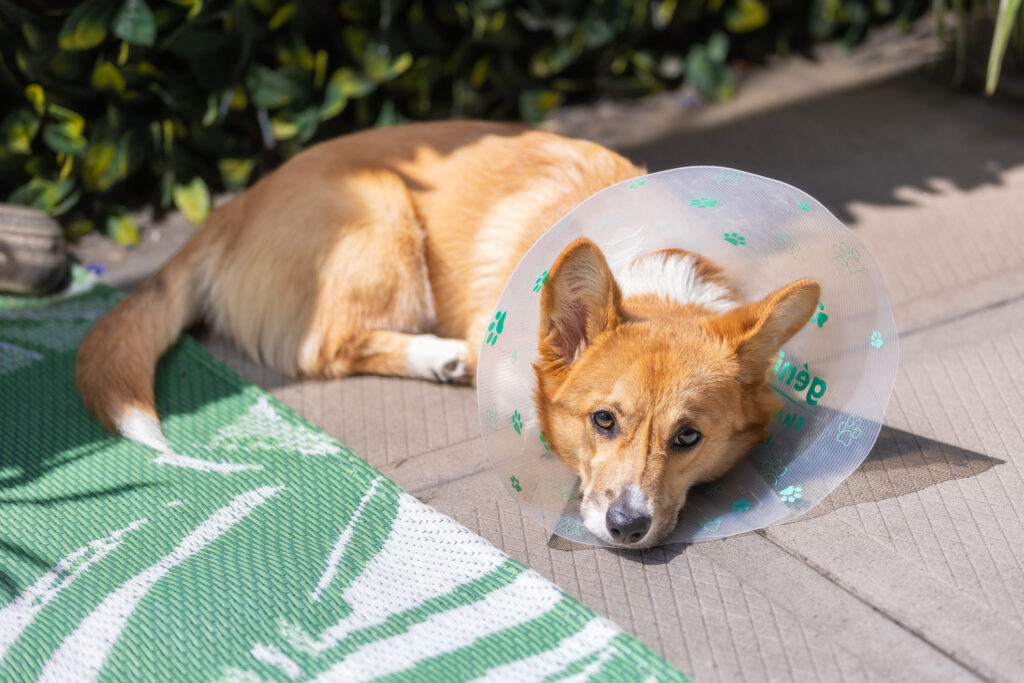
Credit: hfu.hollywoodfeed.com
Recovery Timeline After Spay
The recovery timeline after spaying your dog varies but follows a general pattern. Understanding this timeline helps you provide the best care. Recovery includes several stages, each important for your dog’s healing and comfort. Watching your dog closely during these stages ensures a smooth healing process.
Initial Healing Phase
The first few days after surgery are critical. Your dog may feel tired and sore. Swelling and redness near the incision are common. Keep your dog calm and limit movement. Prevent licking or biting the incision to avoid infection. Follow your vet’s instructions carefully during this phase.
Typical Recovery Duration
Most dogs heal within 10 to 14 days after spaying. The incision usually closes in about two weeks. Full internal healing takes longer but does not affect activity as much. Avoid running, jumping, or rough play during this period. Check-ups with your vet confirm proper healing.
Signs Of Normal Recovery
- Incision looks clean with minimal swelling
- Dog shows steady return of energy
- Appetite returns to normal
- No discharge or bad smell from the wound
- Normal behavior with some rest periods
Noticing these signs means your dog is healing well. Call your vet if you see redness, swelling, or discharge increasing.
Factors Affecting Healing Speed
The speed at which a dog recovers from spaying varies widely. Several important factors influence healing time. Understanding these can help pet owners support their dogs better during recovery.
Each dog’s body reacts differently after surgery. Healing depends on the dog’s age, health, and the surgery details. Care after surgery also plays a big role in recovery speed.
Age And Health Condition
Young dogs often heal faster than older ones. Their bodies repair tissues more quickly. Older dogs may have slower recovery due to weaker immune systems.
Dogs with good overall health recover more easily. Chronic illnesses or infections can slow healing. Proper nutrition boosts the immune response and repair.
Surgery Type And Technique
The method used for spaying affects healing time. Traditional surgery with a larger incision may take longer to heal. Minimally invasive techniques like laparoscopic spaying cause less tissue damage.
Less tissue trauma means less pain and faster recovery. Skilled surgeons also reduce surgery time and complications.
Post-operative Care
Proper care after surgery speeds healing. Preventing the dog from licking or biting the wound is crucial. Using an Elizabethan collar helps with this.
Rest and limited activity reduce strain on the incision. Following the vet’s instructions for medication and wound cleaning prevents infection. Regular check-ups ensure timely healing progress.
Essential Care Tips
Providing proper care after your dog’s spay surgery is vital for a smooth recovery. Essential care helps reduce pain, avoid infections, and speed healing. Small daily actions make a big difference in your dog’s comfort and health.
Managing Pain And Discomfort
Keep your dog calm and quiet during recovery. Use pain medications prescribed by the vet exactly as directed. Watch for signs of pain, such as whining, restlessness, or not eating. Create a cozy resting area with soft bedding. Avoid vigorous play or exercise until the vet says it’s safe.
Wound Cleaning And Inspection
Check the incision site daily for redness, swelling, or discharge. Clean the wound only if the vet advises. Use a damp, clean cloth to gently wipe around the area. Do not apply ointments or creams unless recommended. Contact the vet if the wound looks infected or opens up.
Preventing Licking And Scratching
Dogs often lick or scratch their wounds, causing infections or delayed healing. Use an Elizabethan collar (cone) or a recovery suit to stop this behavior. Keep your dog busy with gentle petting or quiet toys. Monitor closely to ensure your dog does not remove protective gear.
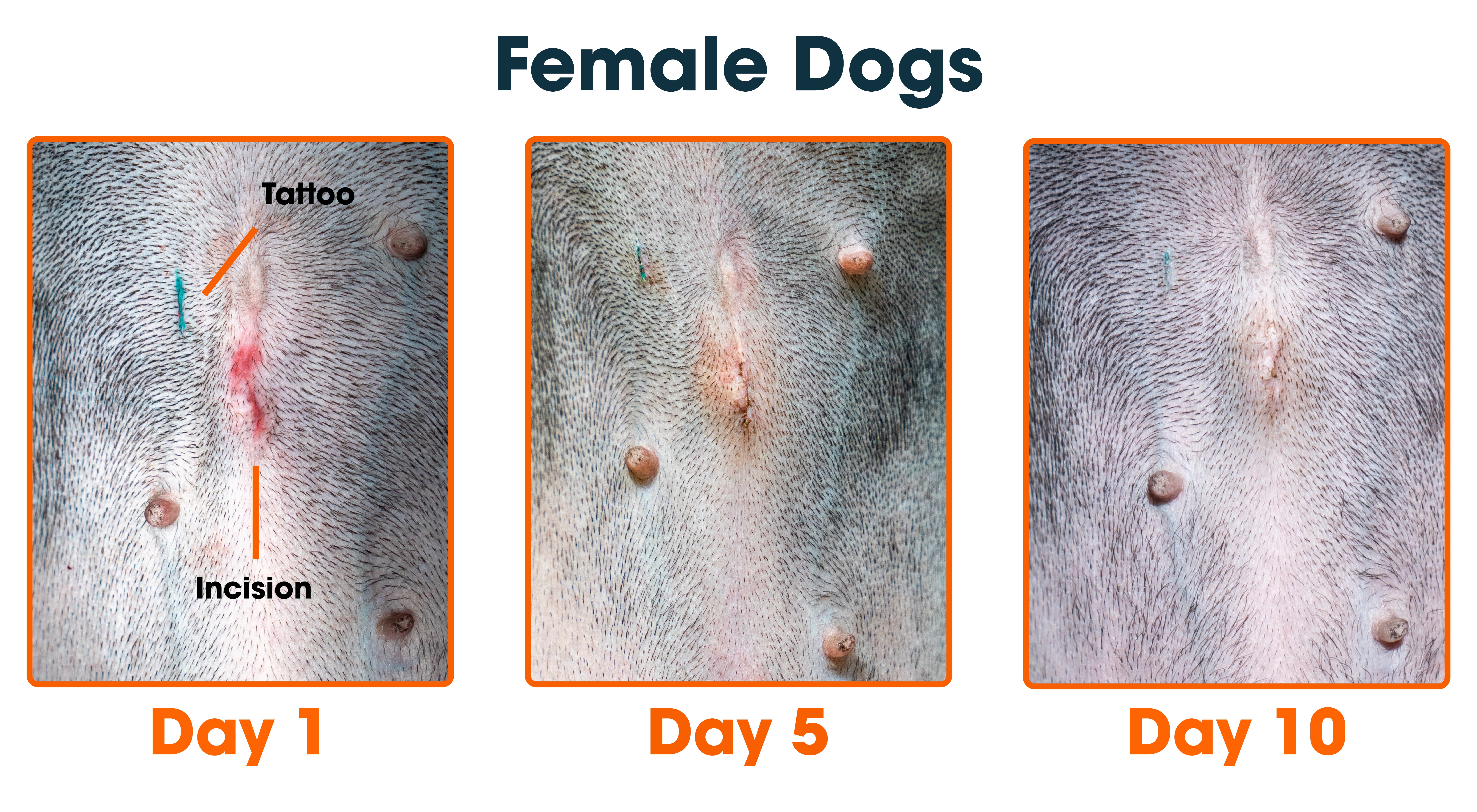
Credit: www.aspca.org
Activity Restrictions
After your dog’s spay surgery, controlling their activity is key to a smooth recovery. Activity restrictions help prevent complications like wound opening or infection. Understanding how to manage movement, exercise, and protective gear can make a big difference in healing time and comfort.
Limiting Movement
You need to keep your dog calm and still for at least 10 to 14 days after surgery. Jumping, running, or climbing stairs can strain the incision area and delay healing.
Try using a small room or crate where your dog can relax without too much temptation to move. If your dog is restless, redirect their energy with gentle petting or chew toys that don’t encourage physical activity.
Exercise Guidelines
Short leash walks are usually allowed after the first few days, but keep them slow and controlled. Avoid off-leash play or interaction with other dogs until the vet gives the okay.
Observe your dog for signs of tiredness or discomfort during walks. If they lag behind or seem unwilling to move, it’s a sign you should cut the walk short.
Using Protective Gear
Protective gear like an Elizabethan collar (cone) or inflatable collars prevents your dog from licking or biting the incision. This is crucial because licking can cause infections or reopen the wound.
Some dogs hate the cone, but switching to a softer or inflatable collar might help them adjust better. Have you noticed your dog’s behavior changes with different collars? Finding the right fit can reduce stress and speed recovery.
When To Contact A Vet
Knowing when to contact a vet after your dog’s spay surgery is vital. Some signs show that your dog needs professional care. Acting quickly can prevent serious problems. Watch your dog closely during recovery for any changes.
Signs Of Infection
- Redness or swelling around the incision
- Discharge that is yellow, green, or foul-smelling
- Excessive warmth near the surgery site
- Persistent bleeding from the wound
- Fever or shivering
Infections can worsen fast. Contact the vet if you see any of these signs.
Unusual Behavior Or Symptoms
- Loss of appetite lasting more than a day
- Vomiting or diarrhea
- Excessive lethargy or weakness
- Difficulty walking or standing
- Excessive licking or biting at the incision
Changes like these may mean your dog is not healing well. A vet check is important.
Emergency Situations
- Severe bleeding that does not stop
- Breathing problems or choking
- Collapse or unconsciousness
- Seizures or uncontrolled shaking
- Swelling of the face or neck
Emergency signs require immediate veterinary attention. Do not wait or delay care.
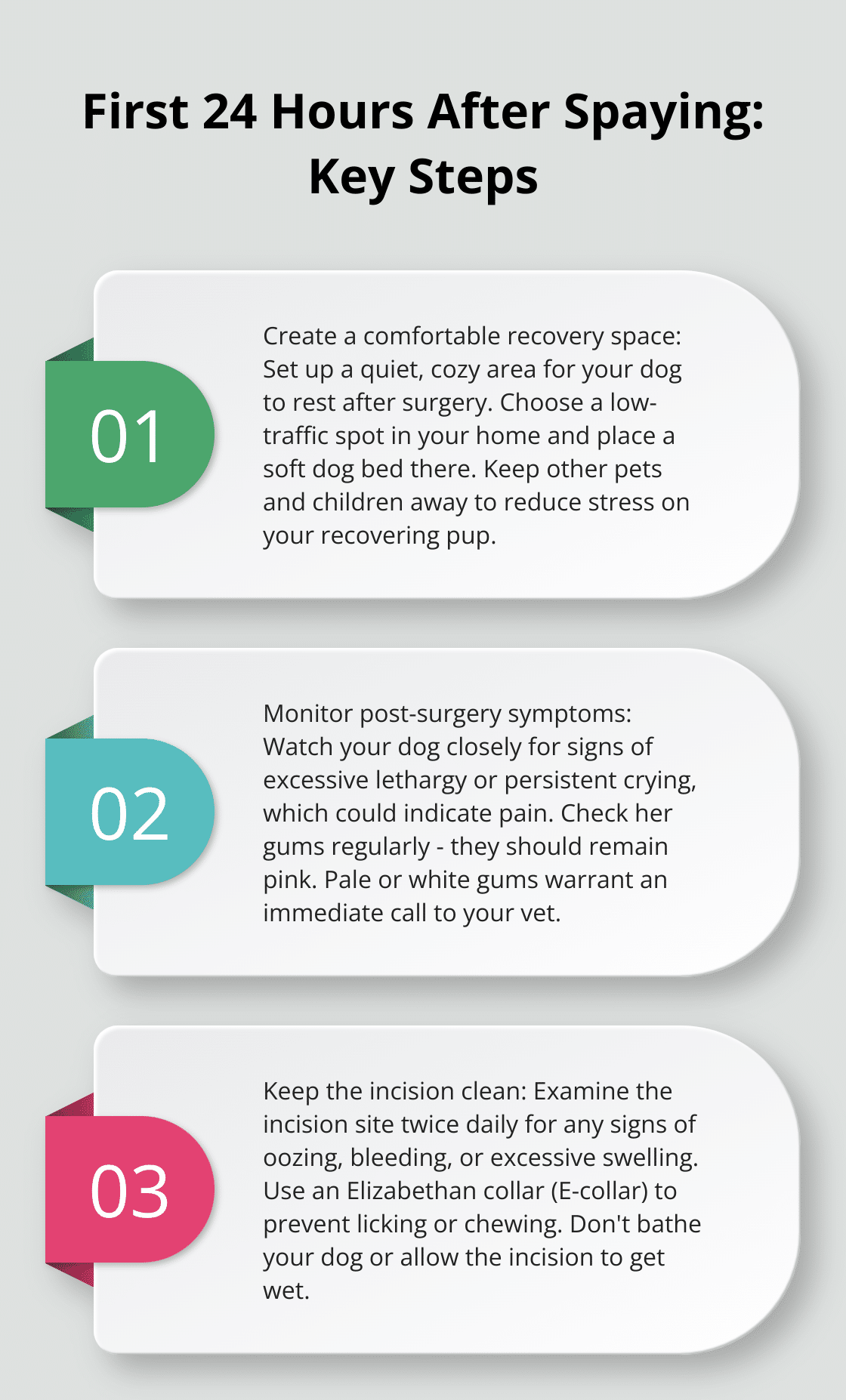
Credit: shop.pekp.com.pk
Nutrition And Hydration
Nutrition and hydration play a crucial role in your dog’s recovery after a spay surgery. Feeding your dog the right foods and keeping her well-hydrated can speed up healing and reduce complications. Let’s dig into what you should focus on to support your dog during this delicate time.
Diet Adjustments
Right after surgery, your dog’s appetite might decrease. Offer smaller, more frequent meals to encourage eating without overwhelming her stomach.
Choose easily digestible foods that are gentle on her system. Plain boiled chicken and rice often work well and provide needed protein and energy.
Avoid fatty or heavily processed foods which can cause digestive upset and slow recovery. You might want to ask your vet about special recovery diets tailored for post-surgery healing.
Hydration Importance
Water is your dog’s best friend during recovery. Adequate hydration helps flush out toxins and supports immune function.
If your dog isn’t drinking enough, try offering water in different bowls or adding a little low-sodium broth for taste. You can also give ice cubes as treats to encourage fluid intake.
Watch for signs of dehydration like dry gums or lethargy. Proper hydration can make a noticeable difference in how quickly your dog bounces back.
Supplements For Healing
Some supplements can aid healing, but always check with your vet before adding anything new.
- Omega-3 fatty acids:Help reduce inflammation and promote skin and coat health.
- Probiotics:Support digestive health, especially if your dog is on antibiotics.
- Vitamins C and E:Known to boost tissue repair and immune function.
Have you noticed your dog’s mood or energy change after certain foods or supplements? Tracking these responses can guide you to what truly helps your furry friend heal faster.
Frequently Asked Questions
How Long Does Dog Spay Recovery Take?
Dog spay recovery typically takes about 10 to 14 days. During this time, your dog’s incision heals, and activity should be limited to prevent complications.
What Signs Indicate Slow Recovery After Spaying?
Signs of slow recovery include swelling, redness, discharge, and lethargy. If your dog shows these, consult a vet immediately to avoid infection or other issues.
When Can My Dog Resume Normal Activities Post-spay?
Dogs usually resume normal activities after 10 to 14 days. Avoid running, jumping, or rough play until the vet confirms full healing.
How To Care For My Dog During Spay Recovery?
Keep the incision clean and dry, prevent licking, and limit exercise. Follow your vet’s instructions carefully to ensure smooth and fast recovery.
Conclusion
Dog recovery from spay surgery usually takes about two weeks. During this time, rest is very important for healing. Watch your dog closely for any signs of pain or infection. Keep the surgery area clean and dry. Avoid letting your dog run or jump too much.
Follow your vet’s advice carefully to help your dog feel better. Soon, your pet will return to normal activities. Patience and care make the recovery smooth and safe. Your dog’s health is worth the effort.

